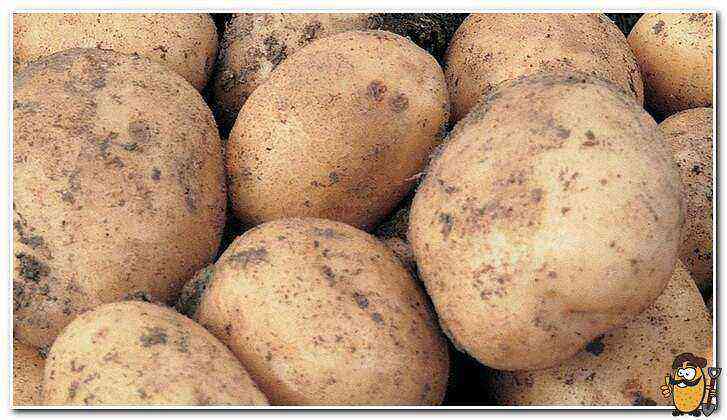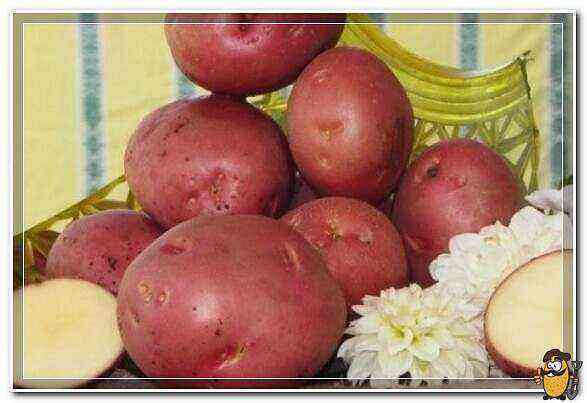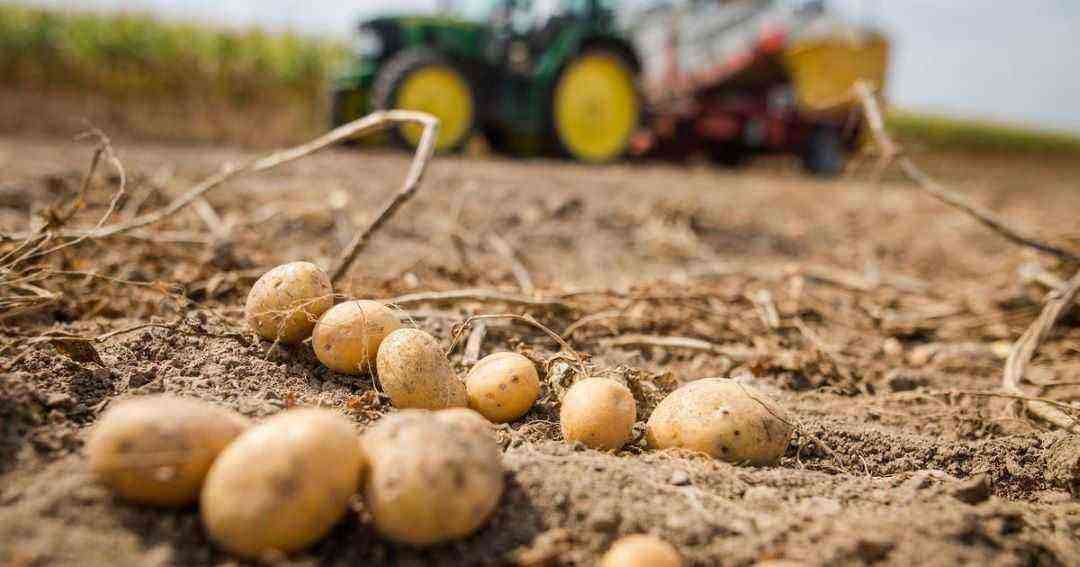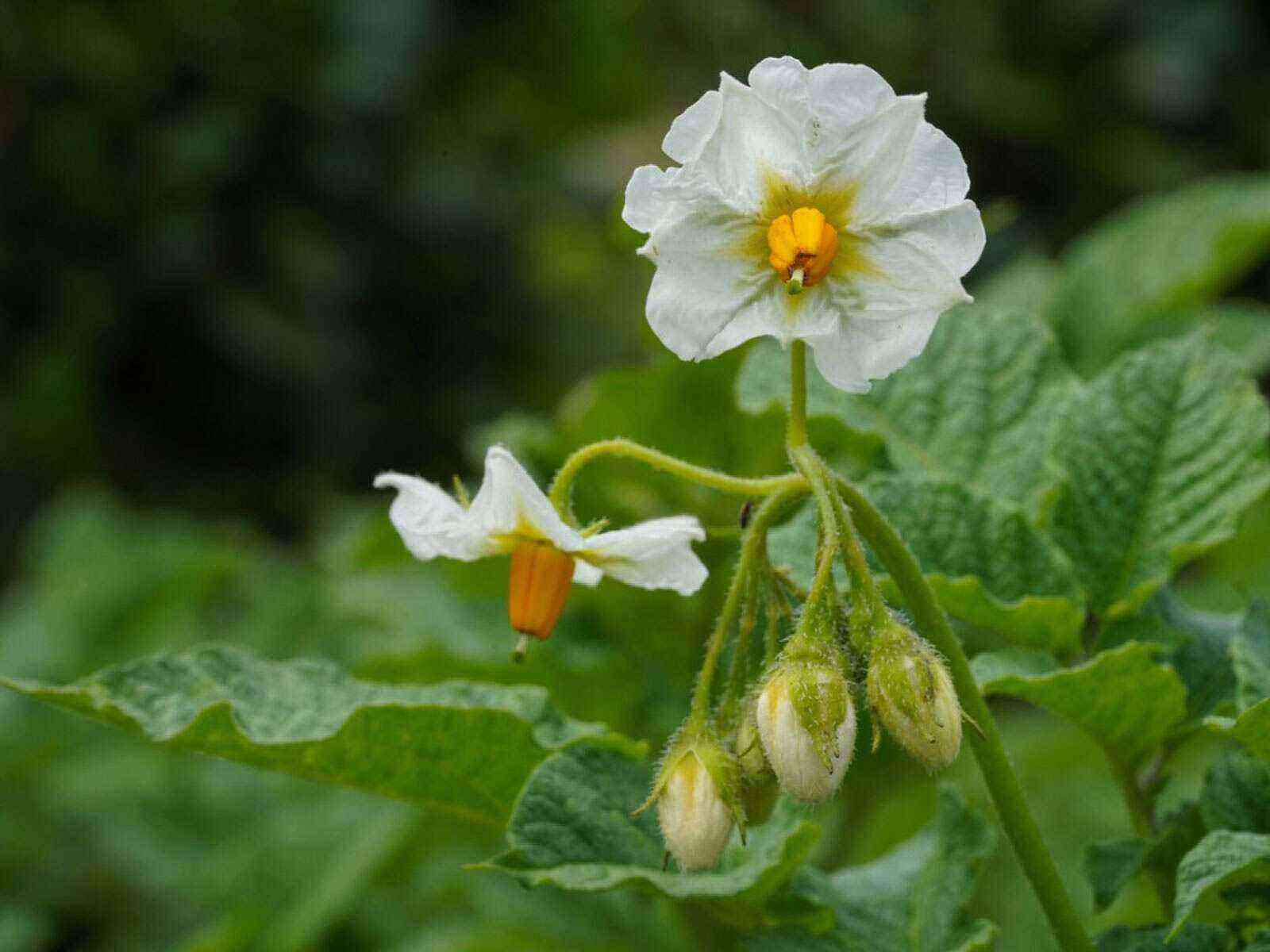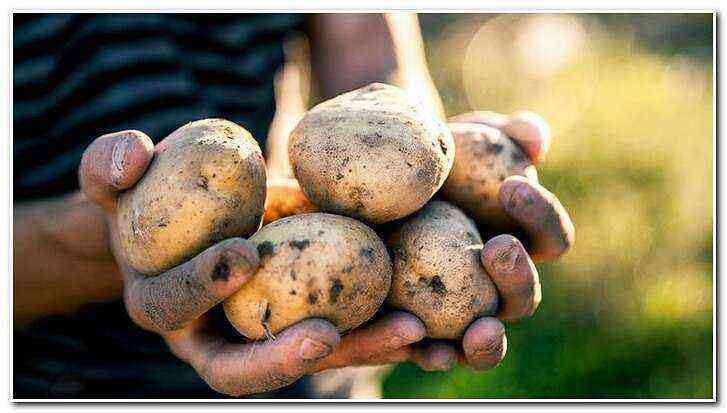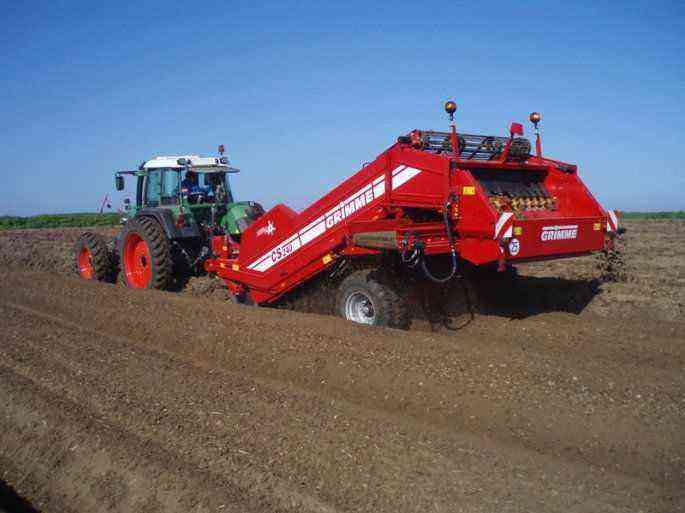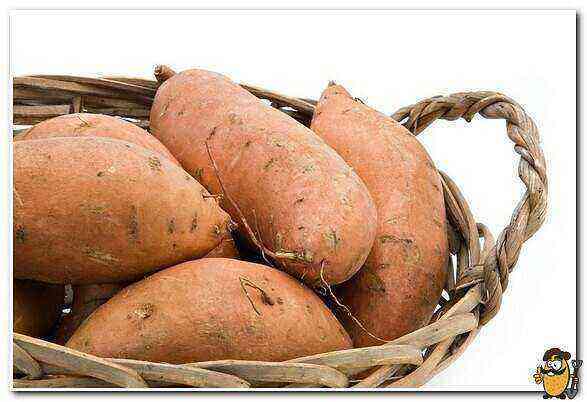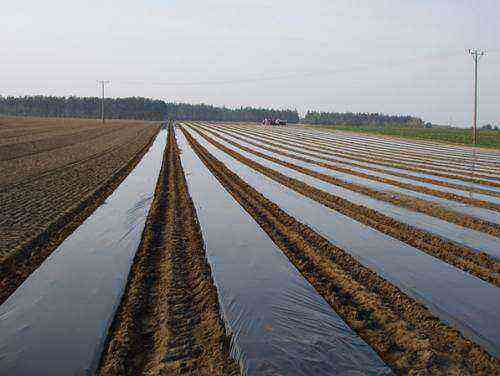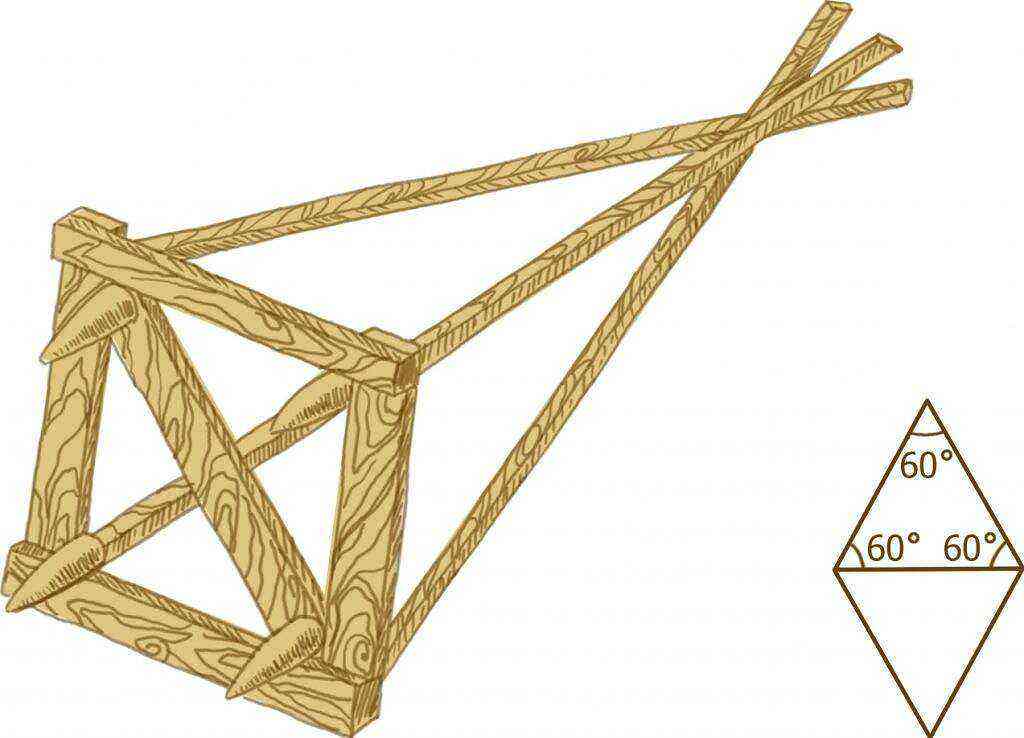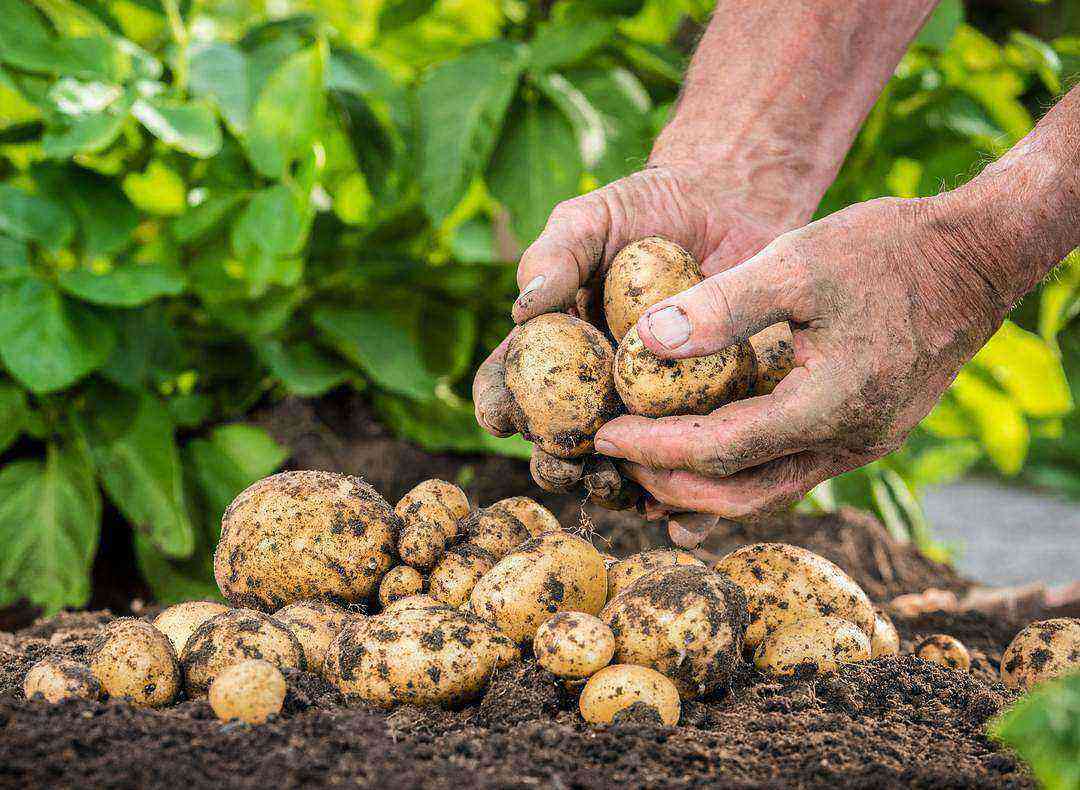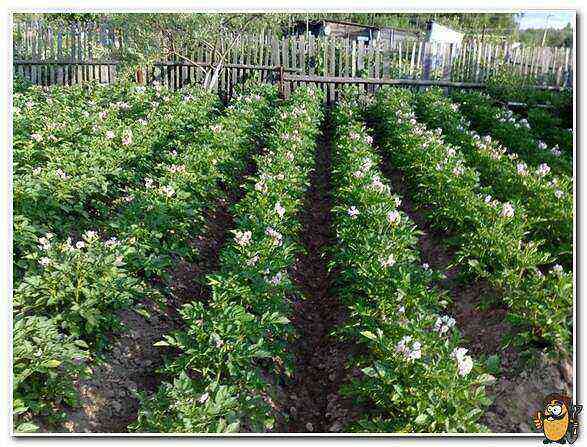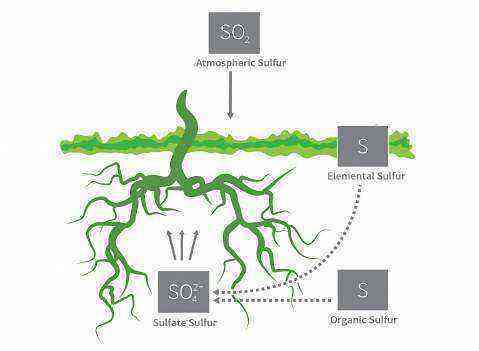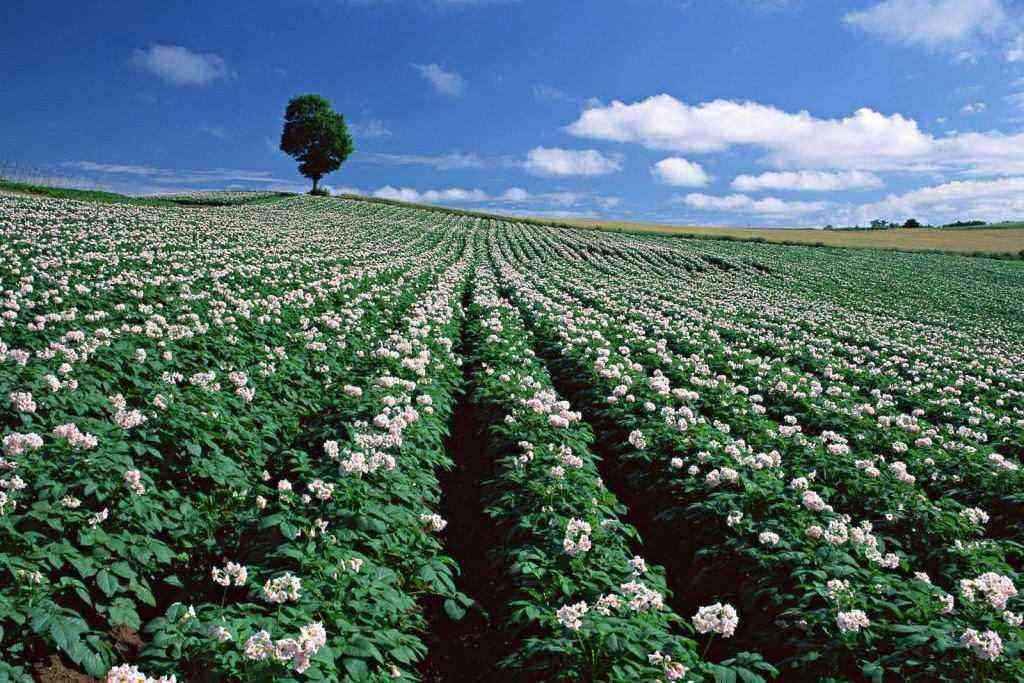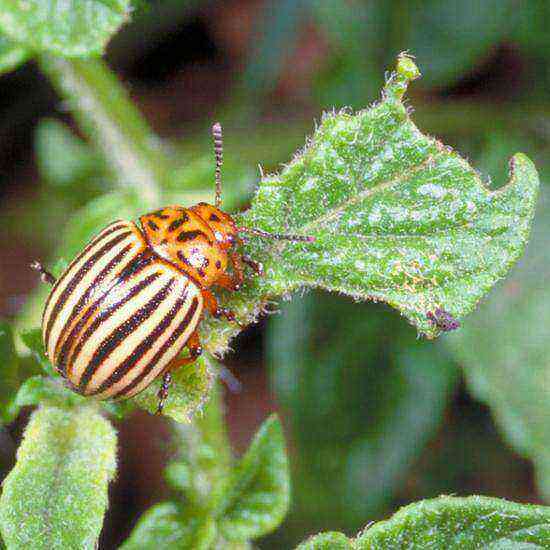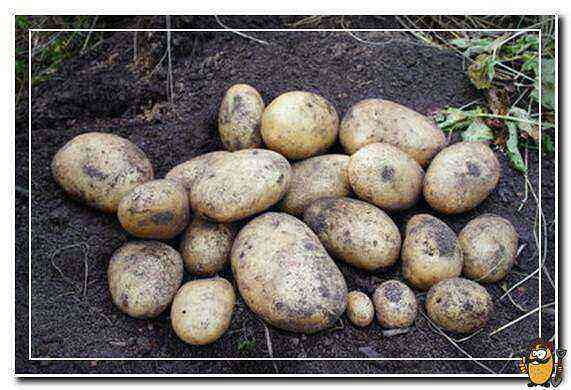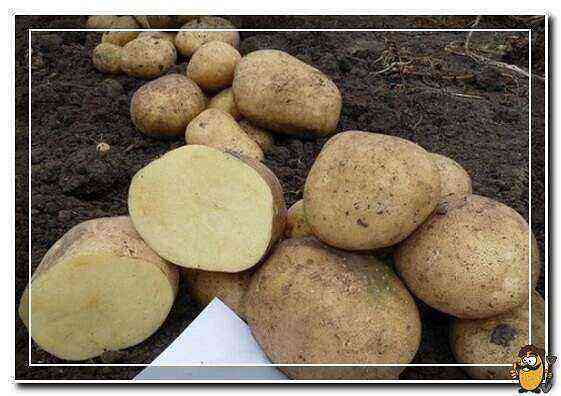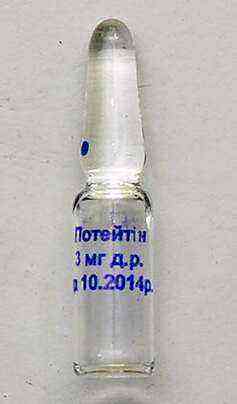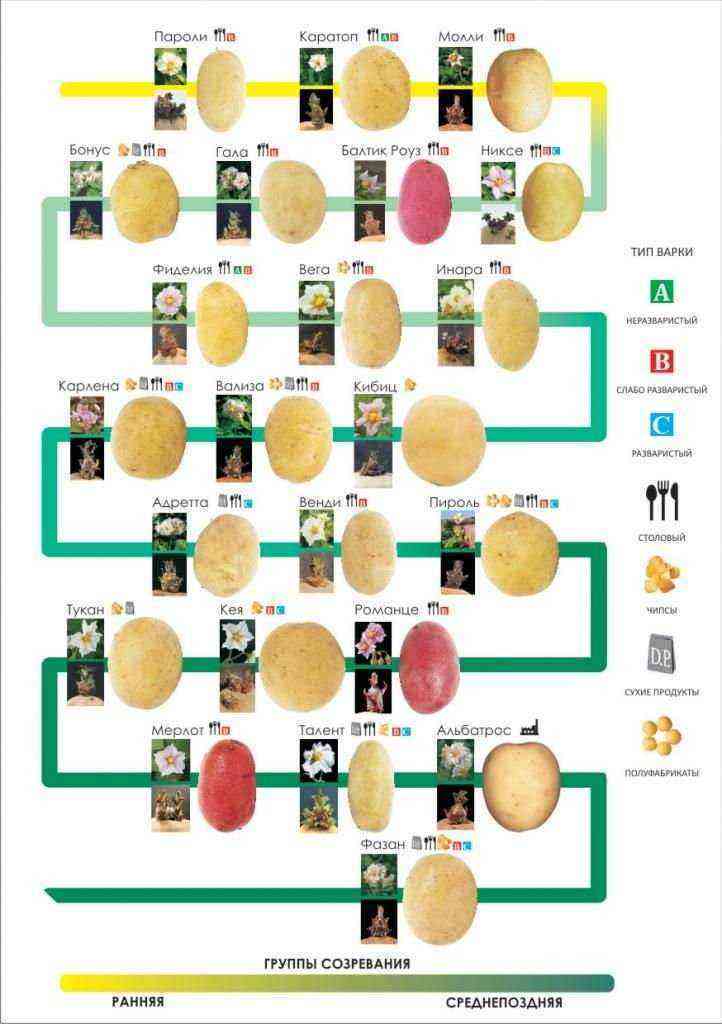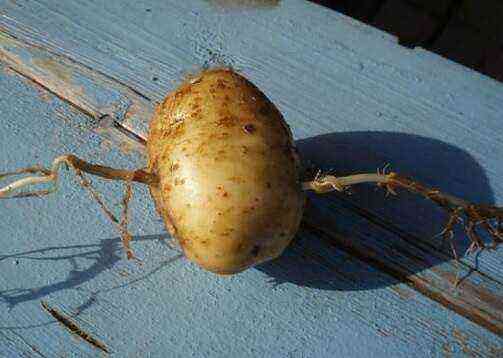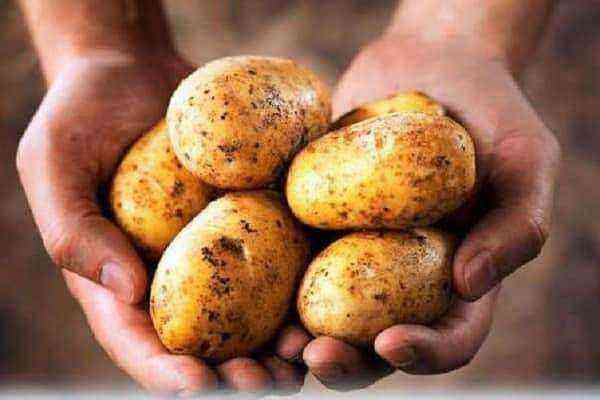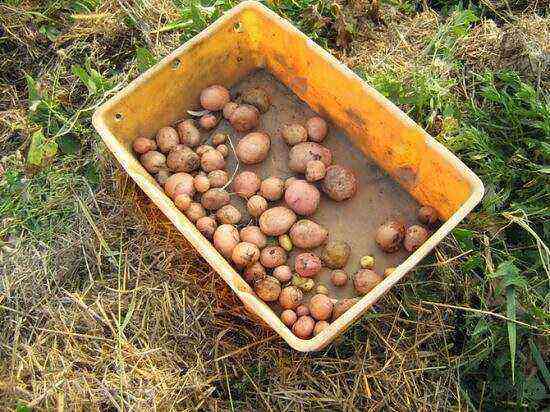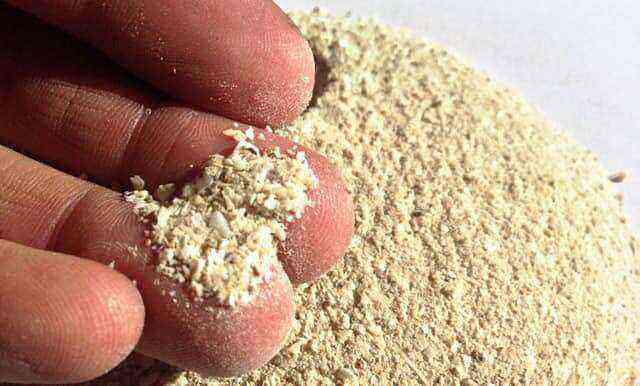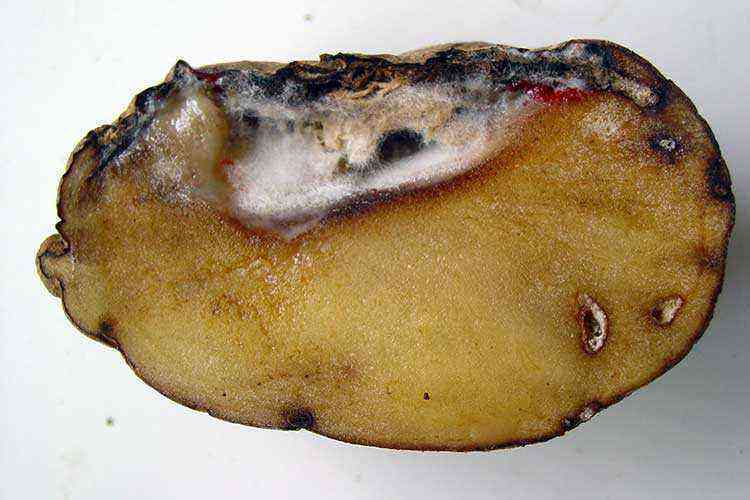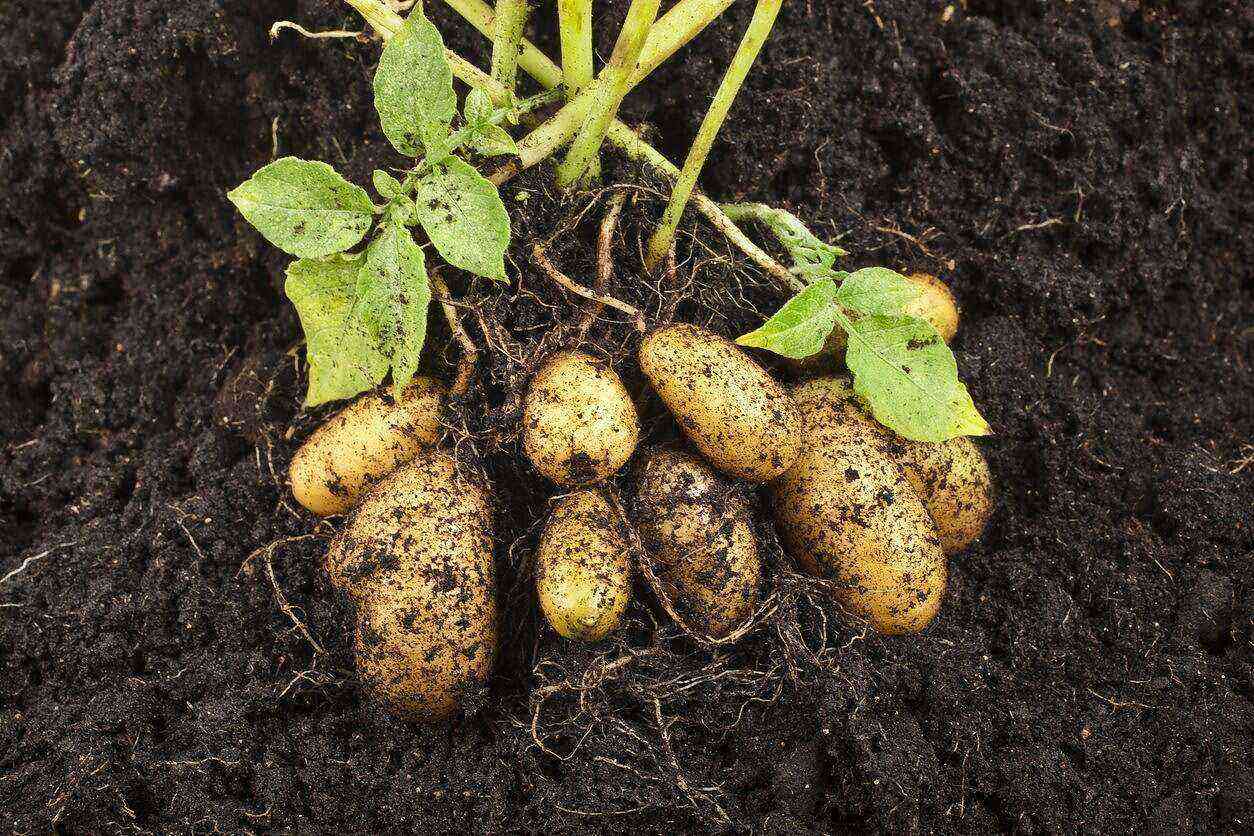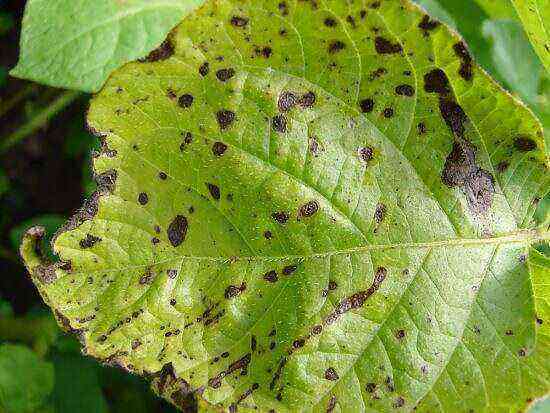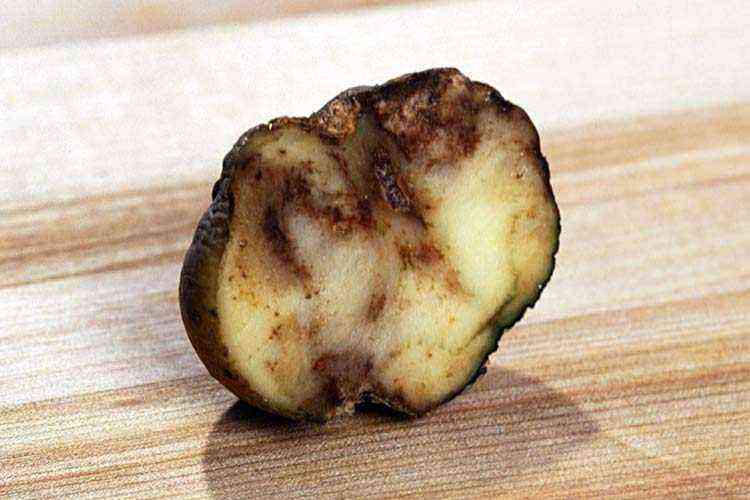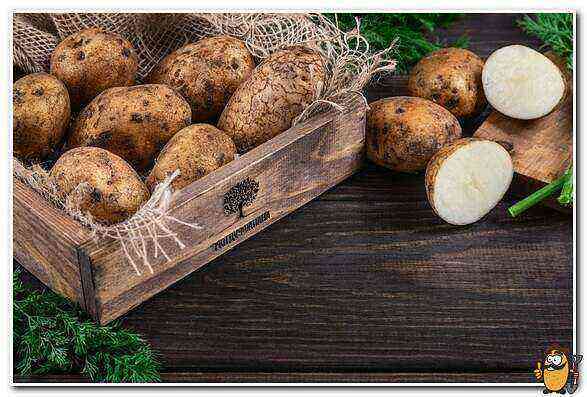All pathogenic bacteria identified by the laboratory were identified in samples of seed potatoes of Russian origin. The causative agent of the “black leg” – P. atrosepticum was often found, the aggressive bacterium Dickeya solani, less often D. dianthicola, was regularly identified. Many samples were found to contain “new” pathogens – P. wasabiae and P. carotovorum subsp. brasiliensis.
Seed potato samples from EU countries (Germany, Holland) were practically free from bacterial contamination. A small level of P. carotovorum subsp. Was found in single samples of Dutch material. brasiliensis and P. wasabiae.
In general, the situation was no different from the situation in previous years.
In summer, the laboratory received for analysis shoots of potato plants infected with both D. solani and P. carotovorum subsp. brasiliensis.
Symptoms of damage to potato shoots by pectolytic bacteria
“Black leg” (in the picture on the left)
The causative agent is Pectobacterium atrosepticum. The lower part of the plant is affected; a fairly clear border between the affected and healthy tissue is visible on the cut.
Stem rot (in the picture in the center and on the right)
The causative agent is Dickeya solani (center). The plant rots entirely, including the upper leaves, the pathogen affects the conducting system (on the cut).
The causative agent Pectobacterium carotovorum subsp. brasiliensis (right). The defeat manifests itself in the exfoliation and maceration of the bark.
In September 2017, the laboratory tested 174 seed potato samples for bacterial pathogens.
The results were unexpected:
• Dickeya bacteria were not found in any sample!
• the causative agent of the classic “black leg” P. atrosepticum was detected in only 6 samples (4%, all samples came from the same farm)
• in the samples, the causative agent of wet rot – P. carotovorum subsp. carotovorum (18%)
• Pectobacterium wasabiae was found in 12% of the samples.
• Half (49%) of the samples were infected with P. carotovorum subsp. brasiliensis.
Tuber damage
The bacterium P. carotovorum subsp. brasiliensis affects not only potato tubers and shoots, but also a lot of other crops around the world:
2010 South Africa potato, black leg
2014 Holland potatoes, black leg
2016 Austria pumpkin, wet rot
2016 USA (Florida) tomatoes, stem rot
2017 Brazil pumpkin, wet rot
2017 USA (Minnesota, North Dakota) potato, blackleg / stem rot
Conclusion
In the 2017 season, there was a complete change of pathogenic bacteria that cause “black leg”, wet and stem rot of potatoes. Places of Pectobacterium atrosepticum (“black leg”), P. carotovorum subsp. carotovorum (wet rot) and Dickeya solani (stem rot) firmly occupied P. carotovorum subsp. brasiliensis, which attacks both tubers and potato shoots equally effectively.
The spread of “new” bacterial pathogens (P. carotovorum subsp. Brasiliensis and P. wasabiae) in the territory of the Russian Federation occurs both, in most cases, with material of Russian origin, and with imported imported seed potatoes.
P. carotovorum subsp. brasiliensis is a universal pathogenic bacterium capable of infecting any organs of a wide range of agricultural plants cultivated in a wide variety of climatic conditions.
What was the reason for the replacement of a number of pectolytic pathogenic bacteria by one P. carotovorum subsp. brasiliensis has yet to be installed. Was this phenomenon caused by extremely unfavorable weather conditions in spring – summer 2017?
It is important to note that the information and conclusions are based on the analysis of several hundred seed potato samples obtained from different regions of the Russian Federation. However, in order to obtain more reliable information on the spread of bacterial pathogens, it is necessary to continue the analysis of seed potato samples for the presence of bacterial pathogens.


